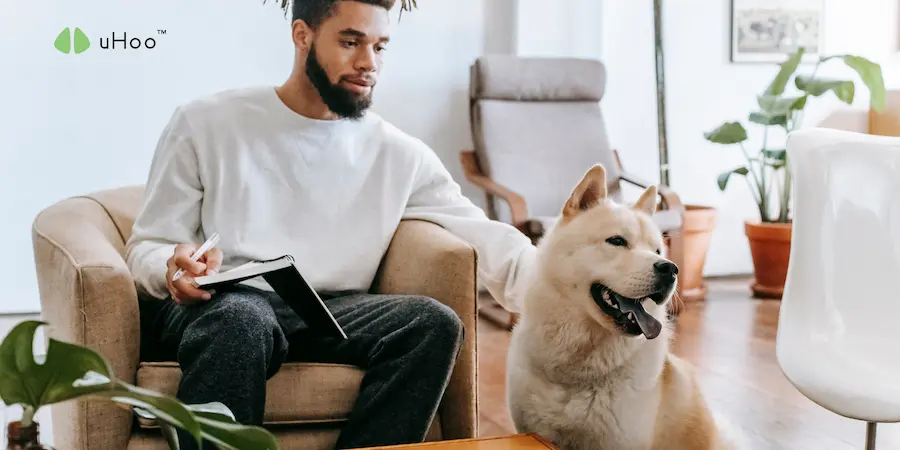Our furry companions bring endless joy to our lives, but they also bring a unique set of cleaning challenges, especially when it comes to furniture. Pet hair clings stubbornly, and those occasional accidents can leave lingering odors. But fear not, fellow pet parents! You can absolutely pet-proof your furniture and maintain a clean, fresh home. Here are 10 practical tips to tackle pet hair and odors like a pro.
Tip #1: The Daily Defense: Consistent Vacuuming
Regular vacuuming is your first and most crucial line of defense. Invest in a vacuum cleaner with strong suction and specialized pet hair attachments. Use it frequently – ideally daily or every other day – on all upholstered surfaces, including sofas, chairs, and even pet beds. Don’t forget crevices and under cushions where hair loves to accumulate.
Tip #2: The Sticky Situation Solution: Lint Rollers and Tape
For quick touch-ups between vacuuming sessions, keep lint rollers or even strips of strong packing tape handy. These are excellent for picking up loose pet hair, especially on smaller areas or delicate fabrics where a vacuum might be too harsh.
Tip #3: The Rubber Revelation: Gloves and Squeegees
Believe it or not, rubber is a fantastic pet hair magnet! Put on a slightly damp rubber glove (like a dishwashing glove) and run your hand over the furniture. The hair will cling to the rubber, making it easy to gather and dispose of. A rubber window squeegee can work similarly, especially on larger, flatter surfaces.
Tip #4: The Fabric Softener Finish
Mix equal parts liquid fabric softener and water in a spray bottle. Lightly mist your upholstered furniture (always test in an inconspicuous area first!). Let it sit for a moment, then wipe away the loosened pet hair with a cloth or sponge. This helps to reduce static cling, making hair easier to remove.
Tip #5: Baking Soda: The Natural Odor Neutralizer
For lingering pet odors, baking soda is your best friend. Sprinkle it generously over the affected furniture, let it sit for at least 20 minutes (or even overnight for strong odors), and then vacuum it up thoroughly. Baking soda absorbs odors naturally and safely.
Tip #6: The Enzyme Enforcer for Accidents
Pet accidents happen. When they do, avoid using harsh chemical cleaners that can damage your furniture and may not fully eliminate odors. Instead, opt for an enzymatic cleaner specifically designed for pet stains and odors. These cleaners contain enzymes that break down the organic compounds causing the smell, effectively neutralizing it. Follow the product instructions carefully.
Tip #7: Washable Wonders: Embrace Machine-Washable Covers
When purchasing new furniture, consider options with removable and machine-washable cushion covers. This makes cleaning pet hair and dealing with minor accidents significantly easier. Regular washing will help keep your furniture fresh.
Tip #8: The Power of Prevention: Furniture Covers and Throws
Protect your furniture proactively by using furniture covers or throws, especially on your pet’s favorite lounging spots. These are much easier to wash or vacuum regularly than the entire piece of furniture.
Tip #9: Regular Pet Grooming: Reducing Shedding at the Source
The less your pet sheds, the less hair ends up on your furniture. Establish a regular grooming routine, brushing your pet frequently to remove loose fur before it has a chance to settle on your sofa or armchair.
Tip #10: The Smart Air Ally: Investing in a uHoo Air Quality Monitor
While these cleaning tips tackle visible hair and odors, pet dander and other microscopic allergens can still linger in the air. Investing in a uHoo air quality monitor can provide valuable insights into the air quality in your home. uHoo tracks particulate matter (PM2.5 and PM10), which includes pet dander and other airborne allergens.
By monitoring these levels, you can assess the effectiveness of your cleaning efforts and ensure you’re maintaining a truly clean and healthy environment for both you and your beloved pets. It can also help you identify when it might be time for more thorough cleaning or air purification.



